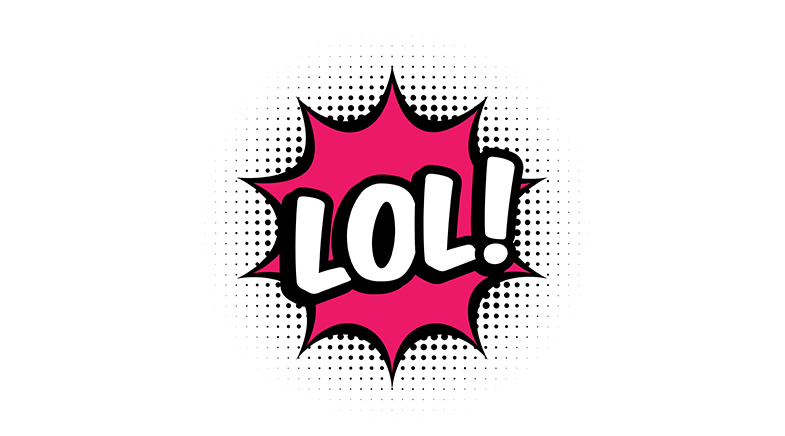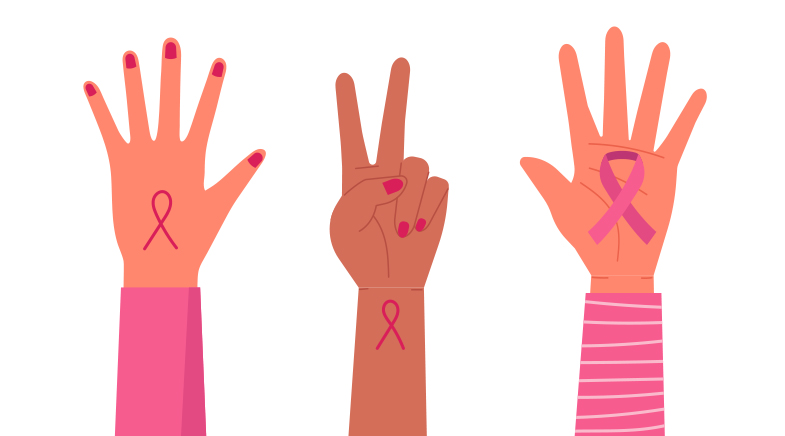1992: the world's first SMS triggered a communication revolution
-
- from Shaastra :: vol 01 issue 06 :: Nov - Dec 2022

Thirty years ago, a simple seasonal greeting changed the way an entire generation communicated.
Thirty years ago, Neil Papworth, a 22-year-old test engineer for an IT services company, earned a small place in the footnotes of the history of communication technology for a fairly commonplace action. On December 3, 1992, Papworth sent a test "text message" to Richard Jarvis, a Vodafone executive: it read, in full: "Merry Christmas." With those cheery words sent in the line of duty, and without himself realising it, Papworth set off a communication revolution of sorts. It was the world's first text message.
Today, 180 billion text messages are sent and received every month: that's about 16 million per minute – a staggering number, particularly in the era of third-party messaging apps such WhatsApp. And especially among young generations, short messaging service (SMS) is believed to be more popular than e-mail. Today, text messages are used in a variety of situations, some of them life-saving. Given that text messages initially came with limitations on the number of characters (the maximum was 160 seven-bit characters), "text-speak" has spawned its own language sub-culture, which has purists frothing at the mouth over the liberties that it takes with language (see ‘OMG! U R GR8!').
OMG! U R GR8!
Perhaps owing to the 160-character limitation in early iterations of the text message service, users adopted a freewheeling abbreviated 'SMS language' to pack in information. Over time, it became a linguistic sub-culture, involving ideograms and emojis: a sort of 'inside joke' among youngsters. But studies have established that excessive use of this 'lingo' had a debilitating effect on grammar and punctuations. But, equally, people who are confident with spelling and grammar may be more adept at interpreting new ways of writing.

THE TECH FOUNDATION
Although the first text message as we know it today went out only in 1992, the underlying technology dates a lot further back. The concept of the service was created by German engineer Friedhelm Hillebrand and Frenchman Bernard Ghillebaert (former Chief Executive of Orange U.K.), who together set the telecommunications standard for text messaging. In the book Short Message Service (SMS): The Creation of Personal Global Text Messaging, Hillebrand, however, traced the roots to an even earlier time. "Text communication over radio," he wrote, "is not at all new." Morse telegraphy, via wires and also wireless, which existed as far back as the 19th century, "is the origin of all modern technical text communication," he added. In fact, according to him, the forefather of modern text communication was the telex (short for Teleprinter Exchange), which allowed a dialogue between two 'teleprinters'.
In any case, within a year of Papworth sending his text message, the world, and telecom equipment manufacturers and service providers had embraced the idea. In 1993, telecom manufacturer Nokia introduced the SMS feature with a signature 'beep' tone to signal incoming messages. In Nokia's home country Finland, shy teenagers put the service to inventive use in order to liven up their social life (see 'Dating service'). 'Predictive texting' technology, which could throw up letter prompts, simplified the texting process even for those lacking in keyboard dexterity.
DATING SERVICE
In his book Next: The Future Just Happened, Michael Lewis recalls how, during a visit to Finland (home of Nokia), he learnt of how Finnish school children had embraced the nascent text messaging technology in inventive ways. Schoolboys who were nervous about asking girls out on dates, and schoolgirls who wanted to tell each other what had happened on those dates, used the text messaging service – and mainstreamed its social acceptance.

Globally, the size of the SMS software marketing market, estimated at $5.6 billion in 2020, is expected to soar to $24.7 billion by 2028. The service is used by businesses for everything from security authorisations to confirmation of appointments to parcel delivery notifications to securing feedback. Some politicians use it to pitch their candidature; others' political fortunes have been undone by media exposure of their unsavoury 'sexting' habits.

Around the world, text messages continue to be used for myriad purposes. In Kenya, where electricity supply is patchy, there is a solar-powered cellphone-charging station that is activated by text message. In the U.S., many campuses employ SMS systems to promptly send text-message alerts to students, faculty and staff in the event of emergencies, including on-campus crimes. Elsewhere, the text message is used as a behavioural nudge tool – with reminders to report for routine health checks, for instance. And studies have established that text message prompts to low-income parents encouraging them to complete simple non-academic maths activities with their children have the effect of improving the children's maths scores!
Today, 180 billion text messages are sent and received every month: that's about 16 million per minute.
All this in just 30 years since Papworth sent out his message. Reflecting on that "Merry Christmas" moment in 1992, Papworth noted years later that back then, he had no idea just how popular "texting" would become. With the power of hindsight, he noted that the message he sent "was a pivotal moment in mobile history."
Have a
story idea?
Tell us.
Do you have a recent research paper or an idea for a science/technology-themed article that you'd like to tell us about?
GET IN TOUCH














